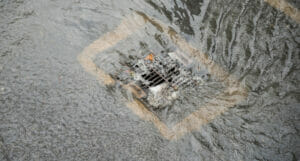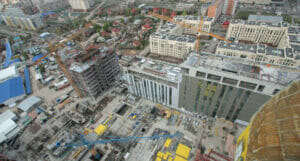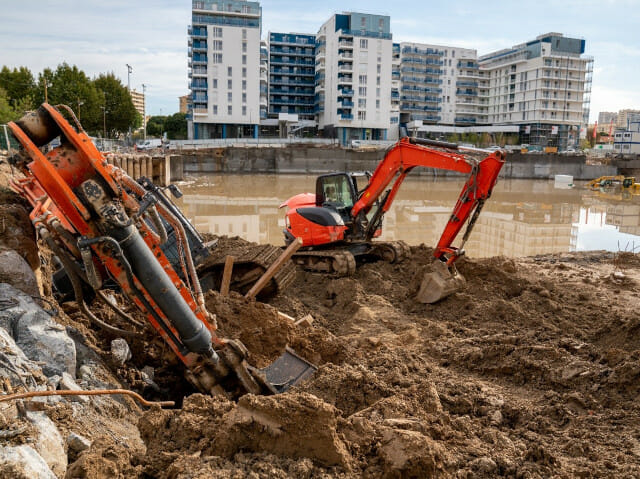Flooding & Hydrology
Flooding is the most significant disaster risk in the UK. Flooding is estimated to cost the economy about £1 billion per year and 5.2 million homes are at significant risk of flooding.
More frequent, more intense storms resulting from both climate change and inappropriate developments in floodplains will put more people and property at risk in the future, as well as increase the impact of flooding. It is projected that the annual cost of flooding could be up to four times higher by the end of the century.
WHY APPOINT A FORENSIC INVESTIGATOR?
Our expert hydrologists, hydraulic modellers and civil engineers have years of experience identifying the cause(s) of complex flooding incidents.
We can:
- Provide expert witness evidence to support subrogation or recovery efforts
- Defend third party liability claims in civil court proceedings
- Establish where legal responsibility/liability for the flooding lies
- Determine whether policy holders have complied with policy conditions/warranties
- Identify fraudulent/overstated flood damage claims
- Assess post-flood contamination and provide recommendations for decontamination and remedial works
- Provide advice to reduce the risk of flooding to properties and infrastructure
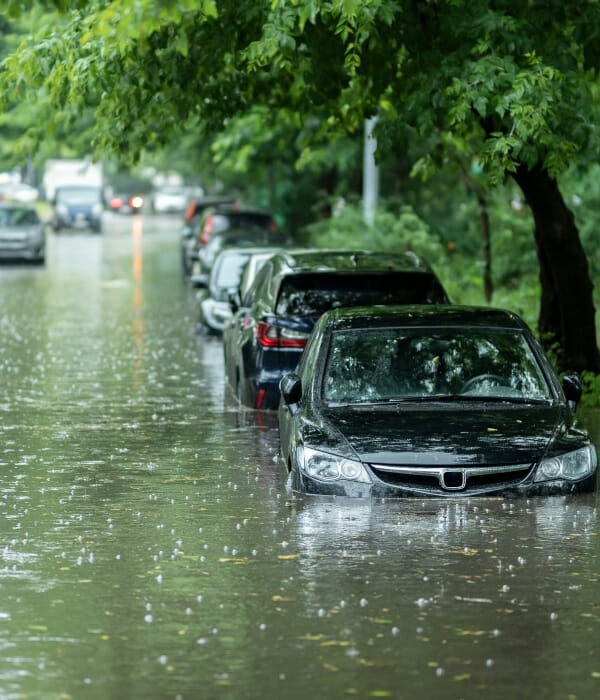
HOW WE INVESTIGATE INCIDENTS
We can investigate and identify causes of flooding from rivers, sea, surface water, groundwater and artificial sources, such as surcharging of urban drainage systems, foul sewers, water main bursts, reservoir failure etc.
Flooding is not always a ‘natural disaster’. In many cases we have shown flooding to be the result of actions/inactions of third parties. On the other side of the coin, a recent example of how our evidence assisted in defending a misguided third-party claim can be found in the judgement of Tayton and Tayton -v- (1) Warwickshire County Council and (2) Rugby Borough Council.
As part of our investigation and expert evidence, we consider a range of technical aspects such as:
- The extent, depth and timing of flooding, in order to determine the source of the floodwater and to identify potentially fraudulent claims for damage
- Whether the maintenance and condition of drainage infrastructure such as ditches, culverts, pumping stations, highway gullies, combined sewers etc. might have contributed to the flooding
- Whether flood risk assessments for new developments were carried out with due care, and whether drainage infrastructure was designed and constructed appropriately and in accordance with relevant regulations and standards
- An analysis of meteorological and hydrological data, and the use of hydraulic modelling to determine whether the flooding would have happened in the absence of any other alleged causative or contributory factors
- The return period analysis of rainfall/flood events to determine whether compliance with policy conditions or warranties was met
We can also provide advice to reduce the risk of future flooding, for example upgrading drainage systems, installing flood defences or using Property Flood Resilience measures.
SPEAK TO ONE OF OUR EXPERTS
Download our latest Brochure
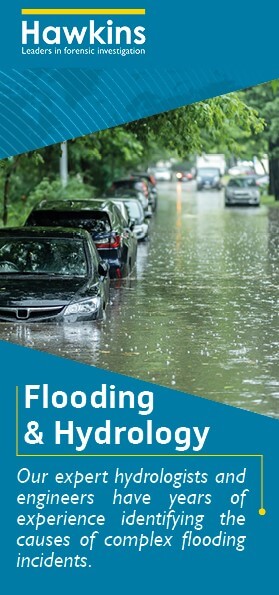
Related areas of expertise
Drains, Sewers & Septic Tanks
Few of us like to think too much about how wastewater or surface water run-off from their home, workplace or business gets to a place of treatment and/or safe disposal to the environment. But, when the infrastructure that either transports or treats this water fails, the resultant problems can be unpleasant, costly to rectify and damaging to the environment.
Escapes of Water, Oil & Gas
The frequency of escape of water, oil and gas cases are increasing, along with the average cost of reinstating the resulting damage. With pipework routed through the fabric of our homes, businesses and infrastructure, small leaks can quickly lead to bigger problems.
Building Defects & Regulations
A building defect can be described as any deficiency or shortcoming in the performance or function of a building that prevents it from satisfying statutory or user requirements. Building defects fall broadly into three categories:
Civil & Structural Engineering
Whether it is a subsiding foundation, a collapsing structure or a flooding drainage system, it can be hard to understand at first glance what part of a large system has gone wrong.


